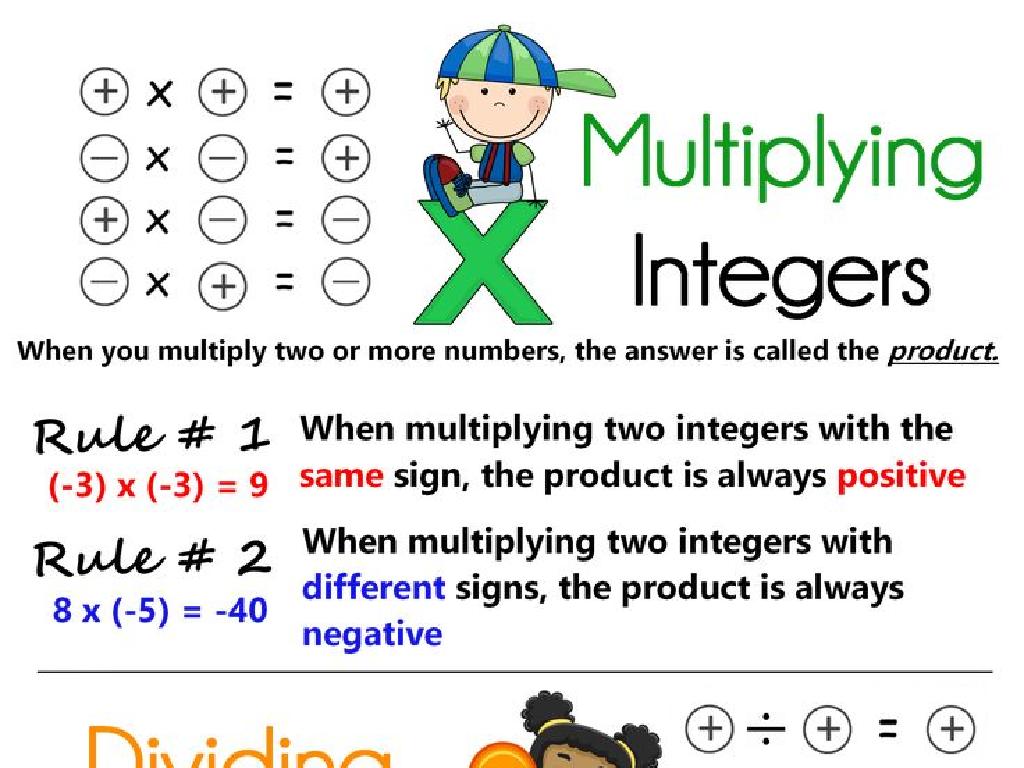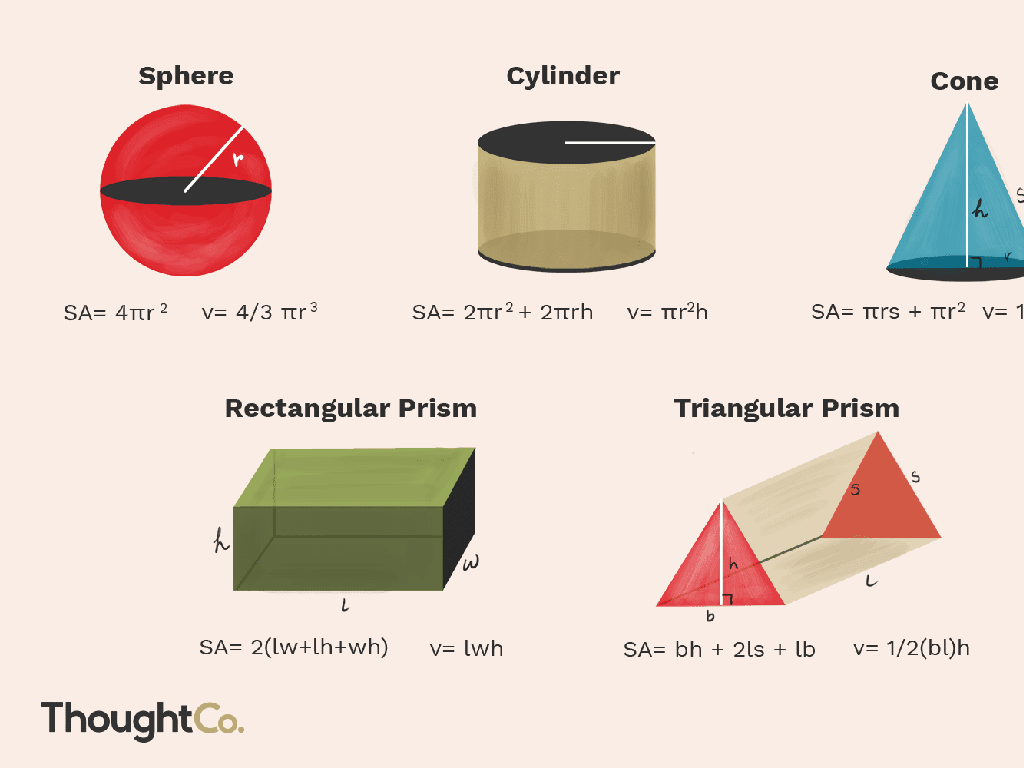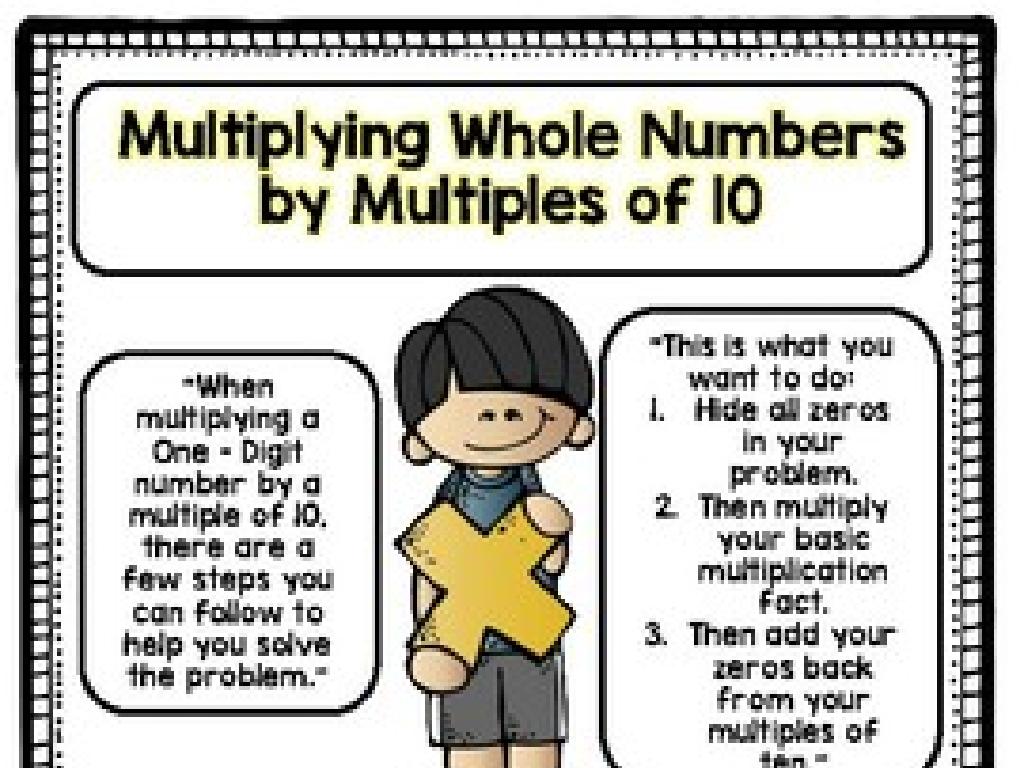Read Poetry
Subject: Language arts
Grade: Fifth grade
Topic: Literary Texts: Level 2
Please LOG IN to download the presentation. Access is available to registered users only.
View More Content
Introduction to Poetry: The Art of Words
– What is poetry?
– A form of literature that uses aesthetic and rhythmic qualities of language.
– Poetry: Beauty and emotions
– Poems use words to paint pictures and stir feelings.
– Various poetry forms
– Haiku, sonnet, limerick, and free verse are some types.
– Expressing through poems
– Poems allow us to share stories and emotions creatively.
|
Begin the lesson by defining poetry as a unique form of literature that emphasizes the aesthetic and rhythmic qualities of language. Explain how poetry can capture the beauty of the world and the depth of human emotions in a few carefully chosen words. Introduce different types of poetry, such as haiku, sonnet, limerick, and free verse, and discuss their distinct structures and purposes. Emphasize that poetry is a powerful tool for expression, allowing poets to convey complex stories and feelings in an imaginative and evocative way. Encourage students to think of times when they have experienced strong emotions and how they might express those feelings through poetry.
Rhyme and Rhythm in Poetry
– Understanding rhyme schemes
– A pattern of rhyming words at the end of lines, like ABAB or AABB.
– What is rhythm in poetry?
– Rhythm is the beat you feel as you read a poem, like a song.
– Examples of rhyme and rhythm
– ‘The Cat and the Fiddle’ has a clear AABB rhyme scheme and a catchy rhythm.
– Practice identifying both
|
This slide introduces students to the concepts of rhyme and rhythm, which are essential elements of poetry. Rhyme schemes are the patterns of rhyme at the end of each line, and understanding these can help students appreciate the structure of a poem. Rhythm is the beat or the pace at which the poem flows, often influenced by the syllables and the stress on them. Provide examples of different rhyme schemes and rhythms from well-known children’s poems. Encourage students to clap along to the rhythm to feel the beat. As an activity, have students pick out the rhyme scheme and tap to the rhythm of a poem. This will help them internalize the concepts and prepare them to identify these elements in new poems.
Imagery in Poetry: Painting with Words
– Understanding imagery through senses
– Imagery uses ‘sight’, ‘sound’, ‘touch’, ‘taste’, and ‘smell’ to create a vivid picture.
– Poets use words to create images
– Like artists, poets choose words that help readers ‘see’ the scene in their minds.
– Reading and visualizing a poem
– Let’s read a poem together and imagine the scene it describes.
|
This slide introduces the concept of imagery in poetry, which is a key element in helping students appreciate and understand the depth of poetic language. Imagery involves using descriptive language that appeals to all five senses to create vivid mental pictures. Explain that poets carefully select words that evoke sensory experiences, making their poems more engaging and relatable. Choose an example poem that is rich in imagery and guide the students through reading it, encouraging them to share what images come to mind. This activity will help them learn to visualize and interpret poetry more effectively.
Figurative Language in Poetry
– Understanding similes and metaphors
– Similes compare using ‘like’ or ‘as’, metaphors make direct comparisons.
– Personification in poetry
– Personification gives human traits to non-human things.
– Identifying figurative language
– Look for descriptions that aren’t literal to find figurative language.
– Practice with poem examples
|
This slide introduces students to the concept of figurative language in poetry, focusing on similes, metaphors, and personification. Similes and metaphors enhance the imagery and emotions conveyed in poetry by making comparisons. Personification adds depth and relatability by attributing human characteristics to inanimate objects or abstract ideas. Encourage students to identify these elements in poems by looking for comparisons and non-literal descriptions. Provide examples of poems that use these devices effectively and have students practice by finding and explaining figurative language in these examples. This activity will help them appreciate the creative expression in poetry and improve their analytical reading skills.
Exploring Themes in Poetry
– Understanding poetry themes
– Theme is the central idea or message in a poem.
– Finding the message in poems
– Read between the lines to grasp the poet’s message.
– Discuss familiar poem themes
– Think about the themes in poems we’ve read together.
– Reflect on themes’ significance
– Why do themes matter in poetry and to us?
|
This slide introduces the concept of themes in poetry, which are the underlying messages or main ideas that poets convey through their work. It’s crucial for students to understand that a theme is different from the subject of the poem; it’s what the poet is saying about the subject. Encourage students to look beyond the literal words to discover the deeper meaning. Use familiar poems previously read in class to illustrate how to identify and discuss themes. Ask students to consider why themes are important and how they relate to our lives and the world around us. This will help them appreciate poetry as a reflection of human experiences and emotions.
Exploring Poem Structures
– Understanding stanzas and lines
– Stanzas are like paragraphs; lines are like sentences.
– Comparing free verse and structured poems
– Free verse has no set pattern, while structured poems follow specific rules.
– Analyzing a poem’s structure
– Look at a poem to see how its structure affects its meaning.
|
This slide introduces students to the basic structural elements of poetry. Begin by explaining that stanzas are groups of lines in a poem, functioning similarly to paragraphs in prose, and that lines are individual units of meaning, akin to sentences. Highlight the difference between free verse poems, which don’t adhere to a specific format, and structured poems, which follow particular patterns and rules such as rhyme schemes and meter. Use a sample poem to illustrate these concepts, guiding students to notice how the poem’s structure contributes to its overall impact and meaning. Encourage students to think about the rhythm and flow of the poem and how the structure might influence the reader’s interpretation.
Reading Poetry Aloud
– Tips for expressive reading
– Use tone, pace, and volume to enhance the poem’s meaning
– Practice with emotion and rhythm
– Emphasize the feelings and beat of the poem as you read
– Volunteer for a poetry reading
– Share your favorite poem with the class confidently
|
This slide is aimed at teaching students the art of reading poetry aloud with expression. Discuss the importance of tone, pace, and volume in conveying the emotions and rhythm inherent in poetry. Encourage students to practice reading poems aloud, focusing on expressing the feelings and beat of the poem. Invite volunteers to read a poem of their choice to the class, fostering a supportive environment for public speaking. Provide feedback on their delivery and offer praise to build their confidence. Prepare a list of poems suitable for fifth graders that they can choose from, and consider a variety of activities such as choral reading, partner reading, or using props to make the session interactive and engaging.
Writing Our Own Poems
– Brainstorm poem ideas
– Think about feelings, nature, or events for inspiration
– Use figurative language
– Include similes, metaphors, and personification
– Create vivid imagery
– Use descriptive words to paint a picture in the reader’s mind
– Write a four-line poem
– We’ll craft a short poem as a class to practice
|
This slide is designed to guide students through the creative process of writing their own poems. Start by brainstorming ideas, encouraging students to draw inspiration from their emotions, the natural world, or events in their lives. Discuss figurative language, explaining how similes, metaphors, and personification can add depth to their writing. Emphasize the importance of imagery, and how descriptive language can create a vivid picture for the reader. Finally, collaborate as a class to write a four-line poem, applying what they’ve learned. This activity will help students understand the elements of poetry and give them the confidence to write their own verses.
Class Activity: Craft Your Own Poem!
– Write your own short poem
– Include a figurative language element
– Simile, metaphor, or personification can be used
– Share your creation with the class
– Reflect on the use of language
– Think about how figurative language enhances your poem
|
This activity is designed to encourage creativity and application of the day’s lesson on figurative language. Students will write their own poems, incorporating at least one element of figurative language such as a simile, metaphor, or personification. After writing, students will have the opportunity to share their poems with the class, fostering a supportive environment for public speaking and literary expression. As a teacher, provide examples of figurative language and guide students on how to weave these into their writing. Offer positive feedback and constructive criticism to help students improve their poetic skills. Possible activities include writing acrostic poems, creating haikus, or composing cinquains, each with a figurative language component.





